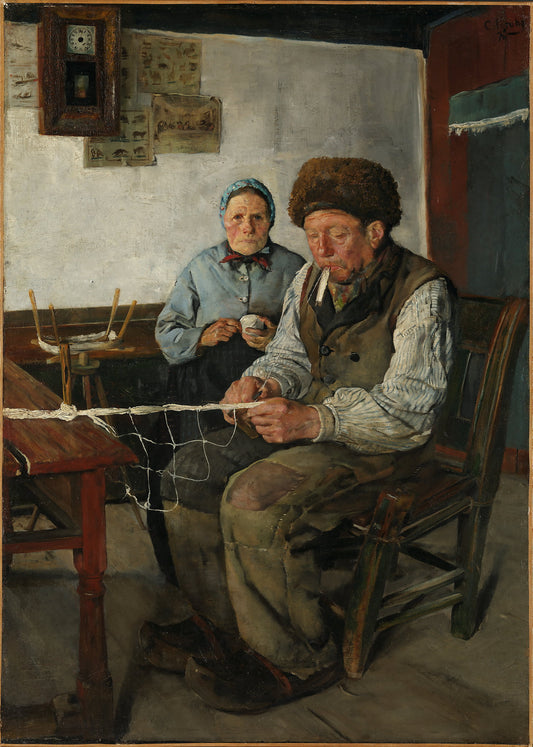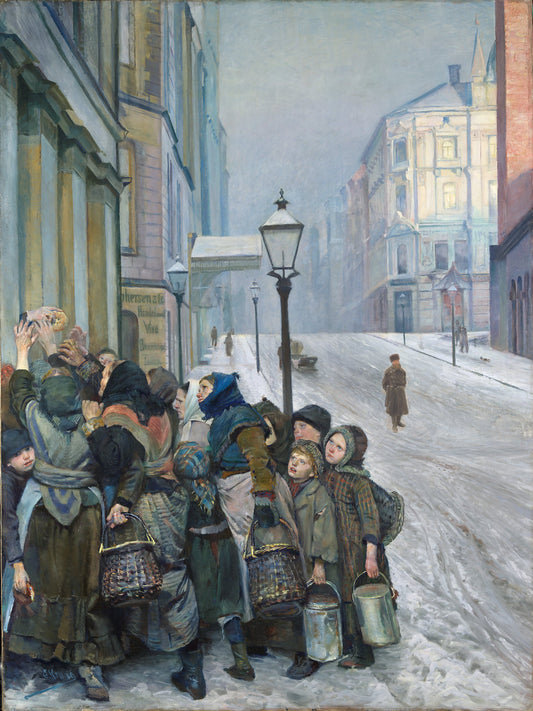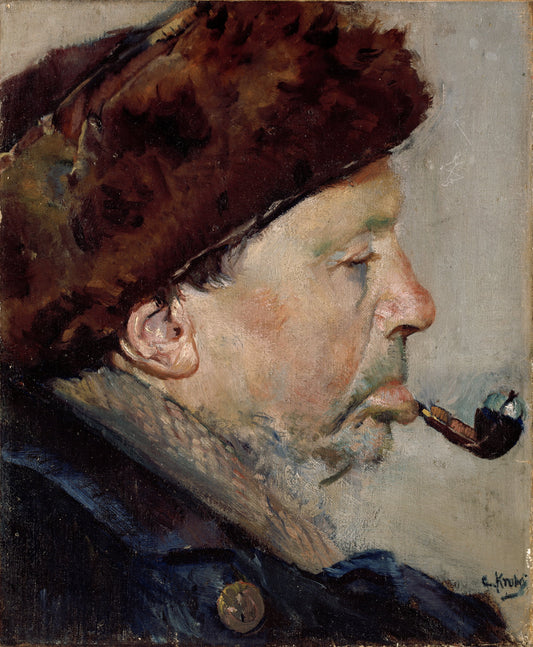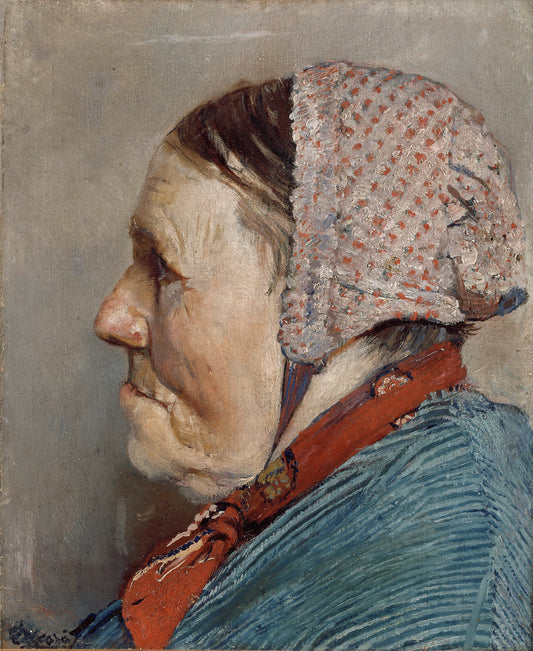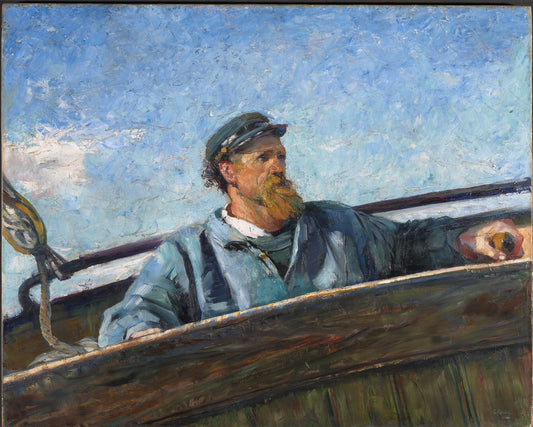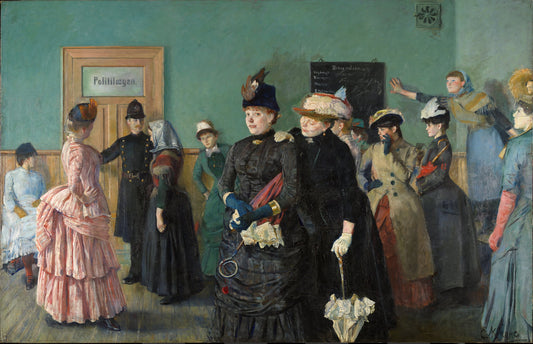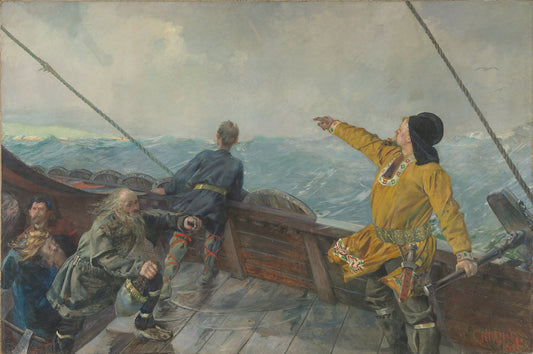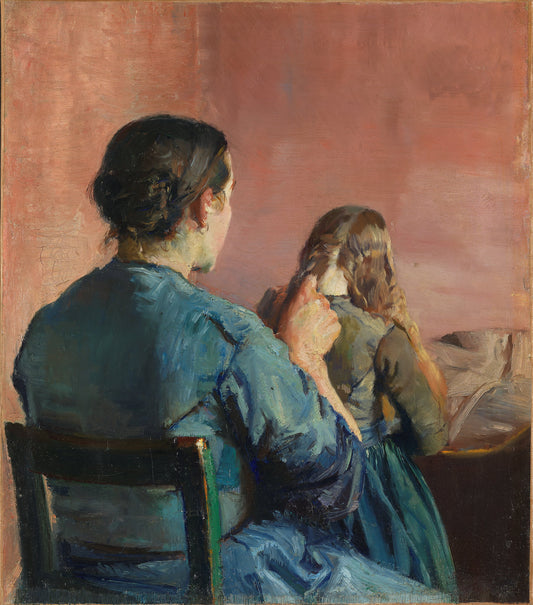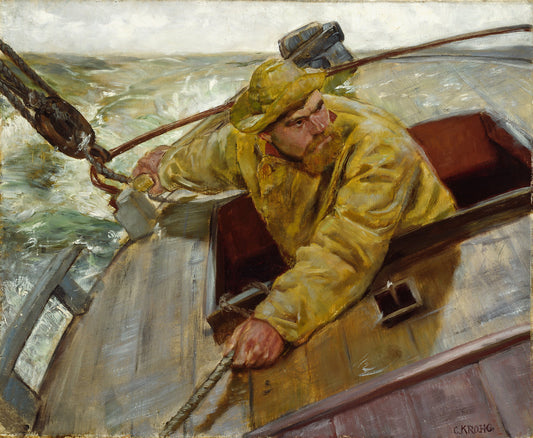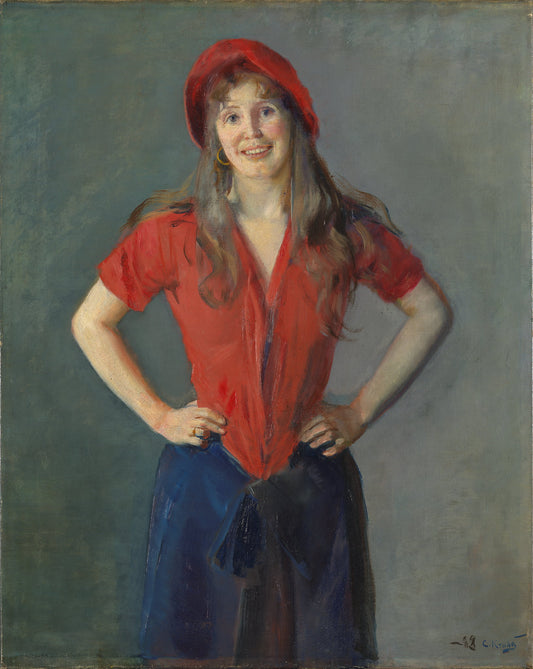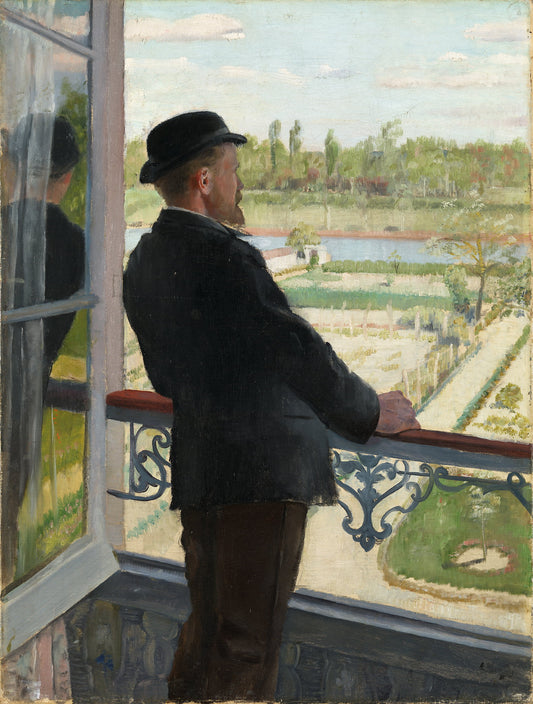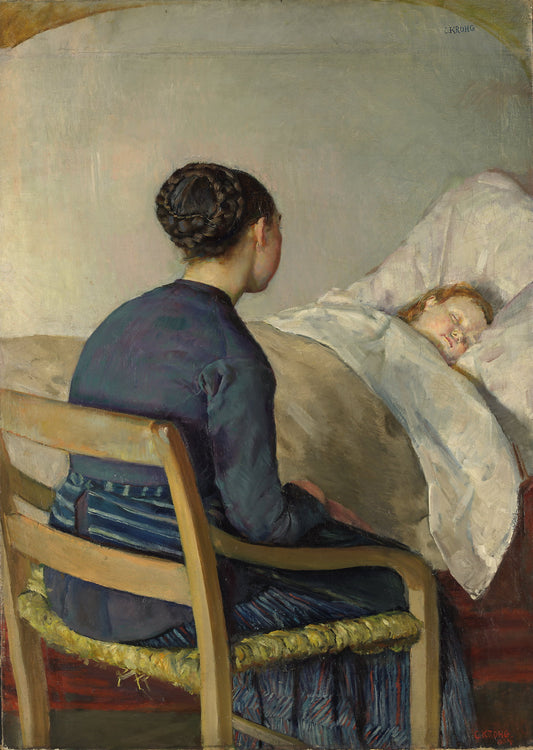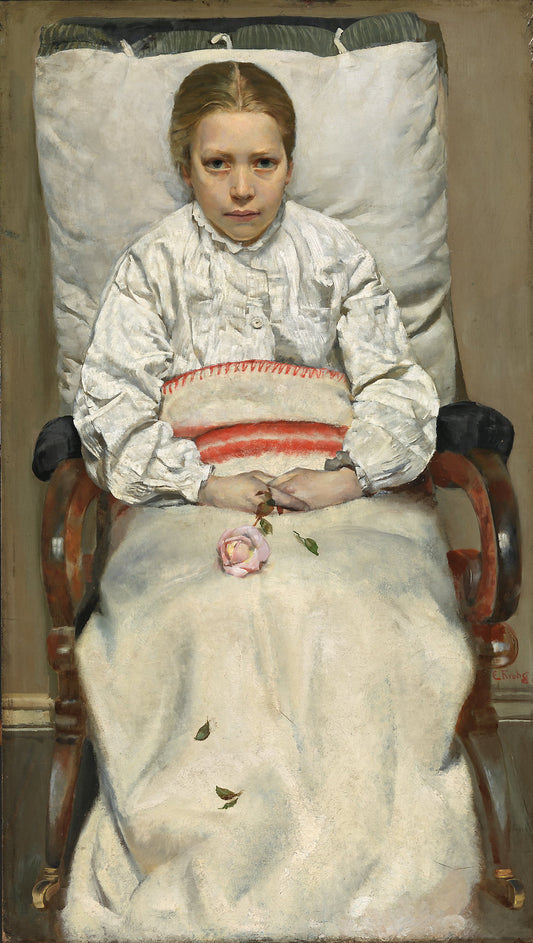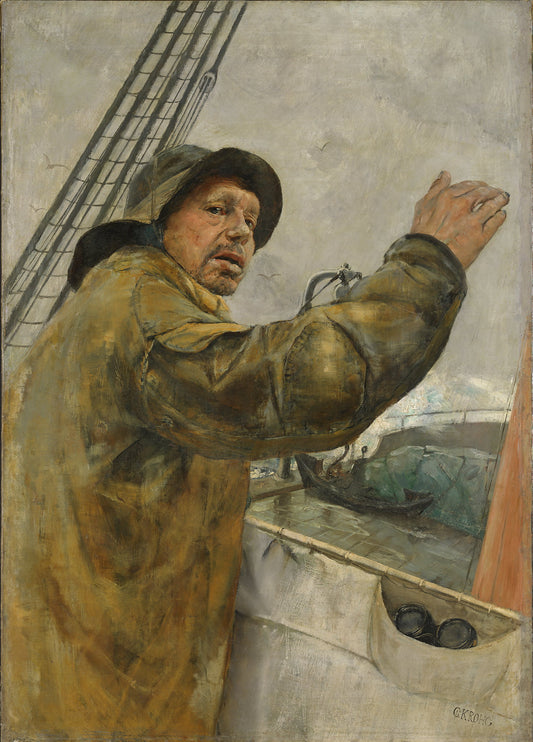Collection: Christian Krohg
-
Garnbinderen, Niels and Ane Gaihede, Skagen
Vendor:Christian KrohgRegular price From 150,00 NOKRegular priceUnit price per -
The struggle for existence
Vendor:Christian KrohgRegular price From 150,00 NOKRegular priceUnit price per -
Mother and child
Vendor:Christian KrohgRegular price From 150,00 NOKRegular priceUnit price per -
Niels Gaihede
Vendor:Christian KrohgRegular price From 150,00 NOKRegular priceUnit price per -
Ane Gaihede
Vendor:Christian KrohgRegular price From 150,00 NOKRegular priceUnit price per -
Northern wind
Vendor:Christian KrohgRegular price From 150,00 NOKRegular priceUnit price per -
Albertine in the police doctor's waiting room
Vendor:Christian KrohgRegular price From 150,00 NOKRegular priceUnit price per -
Leiv Eirikson discovers America
Vendor:Christian KrohgRegular price From 150,00 NOKRegular priceUnit price per -
Red church wall
Vendor:Frits ThaulowRegular price From 150,00 NOKRegular priceUnit price per -
The hair is braided
Vendor:Christian KrohgRegular price From 150,00 NOKRegular priceUnit price per -
In the joint
Vendor:Christian KrohgRegular price From 150,00 NOKRegular priceUnit price per -
Laugh hard
Vendor:Christian KrohgRegular price From 150,00 NOKRegular priceUnit price per -
The Swedish painter Karl Nordström
Vendor:Christian KrohgRegular price From 150,00 NOKRegular priceUnit price per -
Mother at her sick child's bedside
Vendor:Christian KrohgRegular price From 150,00 NOKRegular priceUnit price per -
Port a little
Vendor:Christian KrohgRegular price From 150,00 NOKRegular priceUnit price per

